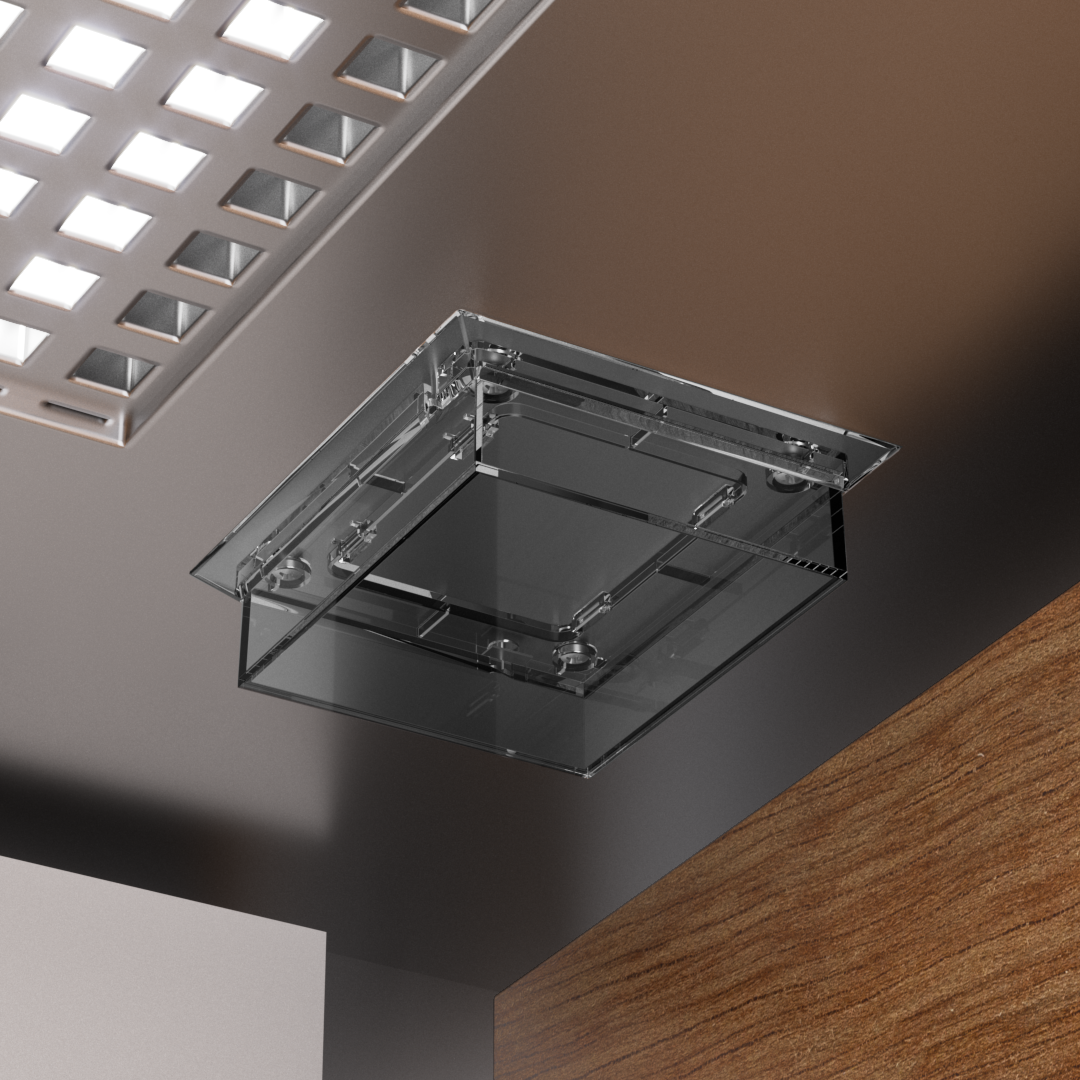“With ULTRALYNK, If There Is A Signal In The Hoistway, There Is A Signal In The Cab!”

Case Study: Cost and complexity of ERCES/BDA compliance.
Assuring Public Safety in high rise buildings requires clear and consistent two-way radio communications between first responders within the building and emergency personnel outside. For buildings that do not meet this requirement, Emergency Response Communication Enhancement Systems (ERCES) provide a means of bringing Public Safety Radio Frequency Bands into the building. The National Fire Protection Association (NFPA): NFPA 72 2010 and 2013 and 1221 and 1225 2016, 2019 and 2022 requires that ERCES meet minimum requirements, ensuring that these critical communications are heard and received by all areas of the building.
Of the number of areas of a building providing challenges to adequate radio signal coverage, one particular area is in the elevators. ERCES is crucial for first responders requiring clear radio transmissions from inside the elevator to emergency personnel outside the building. Elevators without Bi-Directional Amplifier (BDA) systems can be addressed by implementing ERCES/BDA 2-way radio communication, but that only addresses establishing a clear and consistent signal in the hoistway (elevator shaft). With a signal in the hoistway, whether weak or strong, a method is needed to deliver from the hoistway into the elevator cab, and cabs are built around a metal frame which severely limit receiving of radio signals from external sources.
Most high rise buildings have WiFi Access Points in their lobbies. In many cases, the radio signals from those Access Points extend into the elevator hoistways. However, since most hoistway walls are constructed of poured concrete or concrete block, those signals are often weak and inconsistent.
Enabling those signals from the hoistway to be usable presents significant challenges; first, ensuring they are clear and consistent, and second, getting them from the hoistway into the cab, also as clear and consistent. The cab’s metal frame reduces the quality of the signal and in many instances blocks the signal completely.
What is required is a solution that can receive the hoistway signals, whether weak or strong, and repeat them into the cab as strong, consistent signals.
The cost to building owners of implementing ERCES/BDA can be significant, including system design, materials and installation fees that can result in tens of thousands of dollars. The ideal solution would eliminate the need for costly ERCES/BDA systems in buildings where a signal is present in the hoistway, and provide the ability to capture those signals and deliver them into the cab clearly and consistently.
The only solution available today is ULTRALYNK, a Passive Radio Frequency Signal Repeater for Elevator Cars In Low Signal Environments. ULTRALYNK includes two components: a Flush Mount, Tapered Edge, Heavy Duty Weight Bearing Cab Top Antenna connected to an Ultra-Thin, Ceiling Mount Transparent Interior Antenna.
The flush mount cab top antenna design Assures No Risk Of Trip Hazard and the Ultra-Thin Ceiling Mount Transparent Antenna Goes Unnoticed. And since ULTRALYNK is a Completely Passive System, it Requires No Power, No External Cabling and No Maintenance. ULTRALYNK provides wide band coverage enabling all 617- 6000 MHz Public Safety Bands; 700 Broadband, 700 Narrowband, NPSPAC Band, 800 MHz Band, 4.9 GHz Band. ULTRALYNK’s wide band coverage also extends to all Cellular Carrier Bands and WiFi for passenger cell phone use (2.4GHz/5GHz), as well as 2.4GHz for IoT.
» Coming Soon! Download “Before & After” Engineering Report Data PDF!
